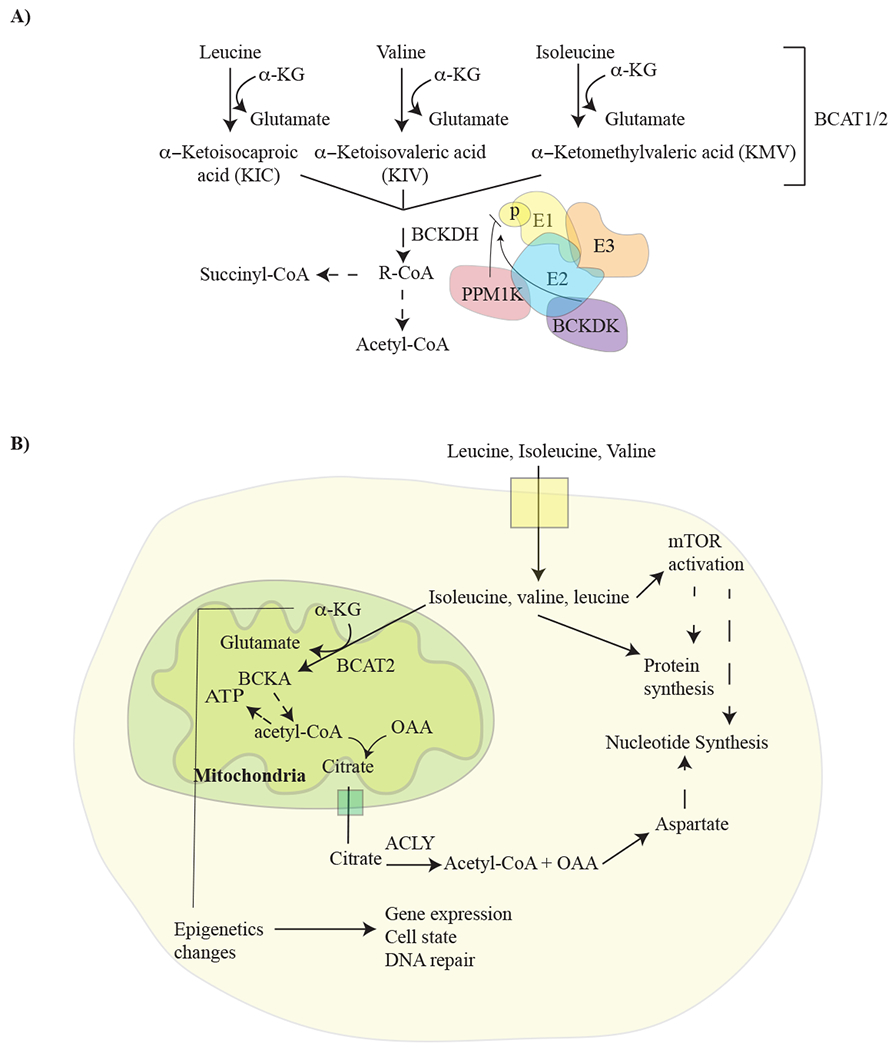Figure 1: Schematic depicting BCAA metabolism and signaling.

A) Pathway illustrating how branched chain amino acids (BCAA) (leucine, isoleucine, and valine) are broken down, and the regulation of BCAA breakdown by BCKDH. Branched chain amino acid transaminase 1 and 2 (BCAT1/2) transfers nitrogen to α-ketoglutarate (αKG) to produce glutamine and the specified branched chain keto acid (BCKA). These keto acids are then metabolized by branched chain alpha-keto acid dehydrogenase complex (BCKDH), to produce a branched chain acyl-CoA (R-CoA) that can be further metabolized in several steps to the TCA cycle intermediates acetyl-CoA and/or succinyl-CoA (from isoleucine and valine). BCKDH is comprised of three subunits; E1, E2, and E3, and activity of this enzyme is negatively regulated by phosphorylation as shown. Phosphorylation state of BCKDH is determined by the activities of branched chain keto acid dehydrogenase kinase (BCKDK) and PPM1K-protein phosphatase, Mg2+/Mn2+ dependent IK. B) Schematic showing how BCAA breakdown is related to signaling events and anabolic pathways that can play a role in cancer. ACLY, ATP-citrate lyase; OAA, Oxaloacetate.
